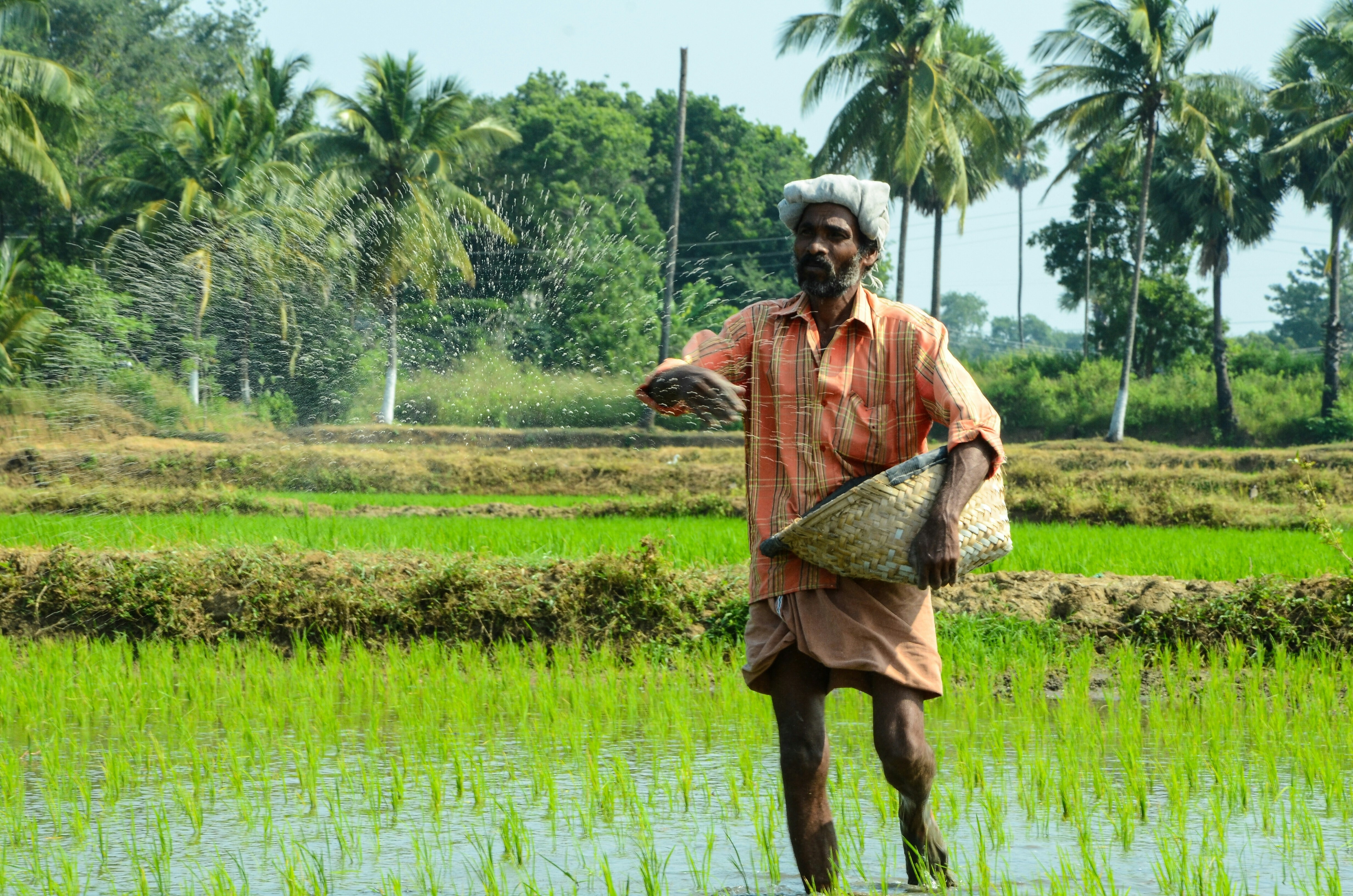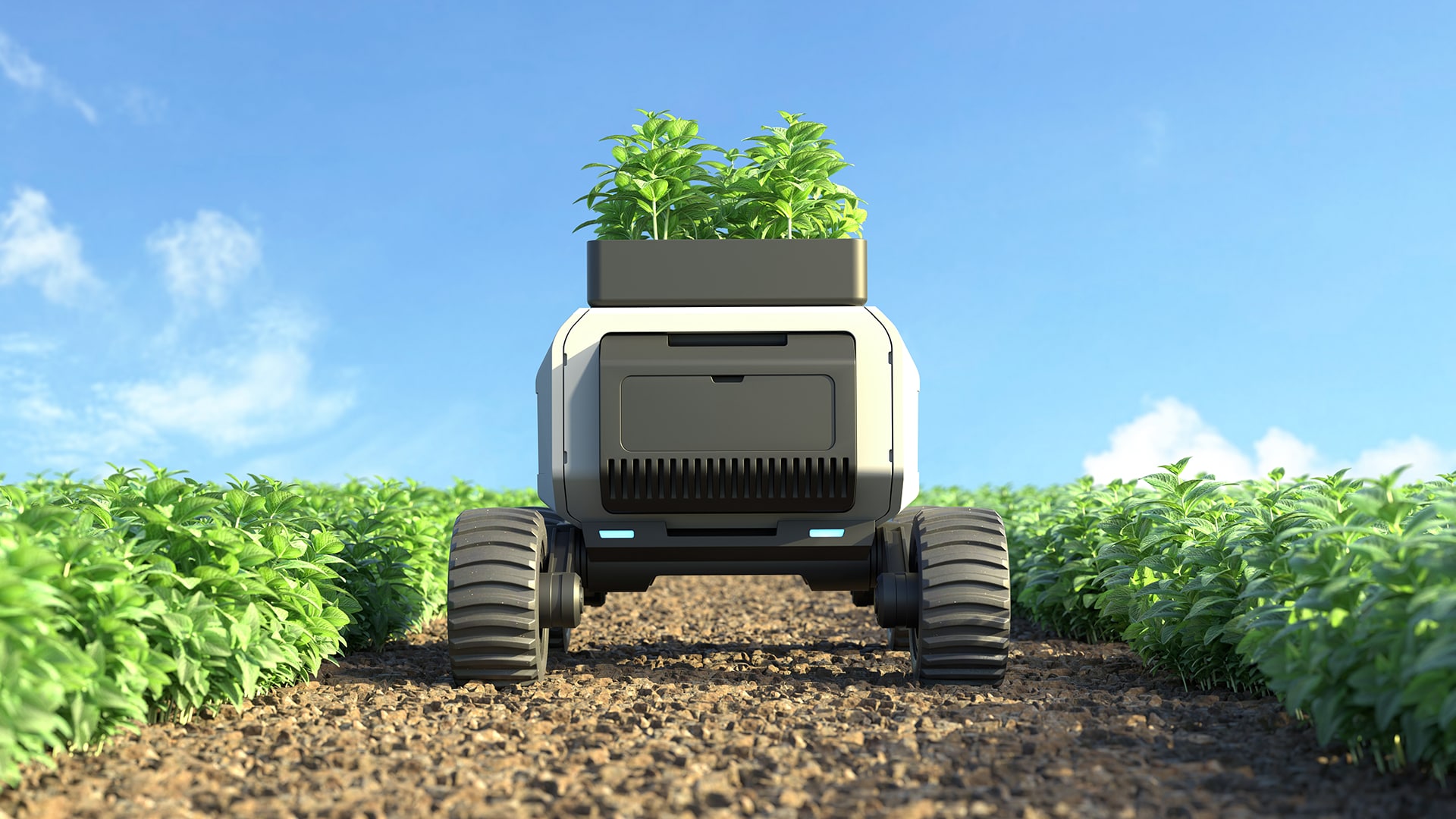Should we vaccinate plants?

Emerging technologies could increase crop disease resistance. Image: REUTERS
When European researchers recently announced a new technique that could potentially replace chemical pesticides with a natural “vaccine” for crops, it sounded too good to be true. Too good partly because agriculture is complicated, and novel technologies that sound brilliant in the laboratory often fail to deliver in the field. And too good because agriculture’s “Green Revolution” faith in fertilizers, fungicides, herbicides, and other agribusiness inputs has proved largely unshakable up to now, regardless of the effects on public health or the environment.
And yet emerging technologies — including plant vaccines, gene editing (as distinct from genetic engineering), and manipulation of plant-microbe partnerships — hold out the tantalizing promise that it may yet be possible to farm more sustainably and boost yields at the same time. In truth, there’s little choice this time but to deliver on that promise, because of the need to feed 10 billion people later in this century and to do so on a limited land area and in spite of unpredictable climate change.
The idea of vaccines to protect plants from pathogens has kicked around in agribusiness for decades without much result. But it has moved closer to reality in recent years as research has demonstrated that it’s possible to tweak a natural genetic messenger to target specific crop pathogens. Double-stranded RNA (or dsRNA) is a key activator of the immune system in plants and many other organisms. One current line of research uses genetic engineering to modify this natural defense system — resulting, for instance, in a new cotton cultivar with dsRNA targeting plant-sucking insects that have become a pest in China.
Genetic engineering has, however, faced technological and regulatory limits reducing its ability to respond quickly to an emerging pathogen and it can also be unpopular with the public, especially in food crops. A study published last month in Plant Biotechnology Journal instead proposes a method to take a pathogen from a crop, sequence it in the lab, and quickly produce dsRNA with a long nucleotide sequence specifically targeting that pathogen. Bacterial fermentation chambers could then rapidly produce enough of that targeted dsRNA to spray on crops. Senior author Manfred Heinlein, a plant molecular biologist at the French National Center for Scientific Research, estimates that the process could move from identification of a new pathogen to commercial application of a targeted spray in six months or less.
In contrast to chemical pesticides, Heinlein and his co-authors write, “dsRNA agents are biocompatible and biodegradable compounds that are part of nature and occur ubiquitously inside and outside organisms as well as in food.” Because the targeted dsRNA matches a long nucleotide sequence in the pathogen, it remains effective up to a point even as parts of that sequence in the pathogen mutate. So it’s unlikely to face the evolved resistance that typically renders chemical treatments ineffective.
Heinlein adds a few caveats: It’s not technically a vaccine. Instead of eliciting persistent immunity as a vaccine would do, it works only if the pathogen is present and even then only for the 10 or 20 days it takes for the dsRNA to biodegrade. The research also needs to progress from successful testing in the laboratory against the tobacco mosaic virus to field tests against other common crop pathogens. That includes learning whether dsRNA imposes unexpected stresses on the plant or produces non-target effects — for instance, against beneficial insects. If those tests go well, though, Heinlein speculated that the technology could be replacing chemical pesticides in some applications within as little as five years.
CRISPR gene editing technology, Science magazine’s 2015 Breakthrough of the Year, has already begun to put altered crops in the field, and the pace of introductions is likely to accelerate. It’s a more palatable alternative to genetic engineering, which has faced regulatory limits and a “frankenfood” reputation because it introduces genes of one species into another. Gene editing, by contrast, isn’t transgenic. Instead, using a technology called CRISPR/Cas9, scientists precisely and inexpensively snip minute genetic sequences from the genome of an organism, or add in sequences from another individual of the same species. Such organisms contain nothing that could not in theory have resulted from natural breeding, and they have so far entered the market without regulatory delays.
Much of the appeal of gene editing has to do with the potential to get plants to do work currently done by pesticides and other costly inputs. Wheat, for instance, typically requires heavy use of fungicides against powdery mildew. But researchers in China have already developed a gene-edited variety resistant to the disease. Gene editing technology is cheap enough that it could also potentially help developing regions that cannot afford, or otherwise lack access to, commercial pesticides, and where genetic engineering is now the other likely way to address diseases that can devastate rice, maize, cassava, and other staple crops.
It may, however, be a more realistic indicator of things to come that the first commercially available gene-edited crop planted in U.S. fields, in 2015, was an oilseed rape modified for herbicide resistance. It’s a reminder that past improvements in agricultural technology have at times served only to bind farmers even more inextricably to chemical inputs — for instance, with the 15-fold increase in use of the herbicide glyphosate brought on by the introduction of genetically-engineered Roundup-ready crops in the mid-1990s.
“It’s a curious vision of sustainable agriculture … that sees overcoming resistance to agrochemicals as progress,”commented Maywa Montenegro, a University of California at Berkeley environmental policy researcher. “Should we really be enabling farmers to spray more glyphosate into their fields when the World Health Organization has found the chemical to be a ‘probable’ carcinogen and when it’s been associated with collapsing populations of monarch butterflies?”
One answer to that question came in March from the agribusiness giant (and glyphosate manufacturer) Monsanto. It committed $100 million to found a startup called Pairwise focused, according to a Reuters report, on using gene editing “to alter commodity crops, including corn, soy, wheat, cotton, and canola, exclusively for Monsanto.”
New genomic tools have for the first time allowed detailed analysis of microbial communities living in and around plants — the agricultural counterpart to the human microbiome. That has made the study of these mutualistic microbes a hot topic of academic and commercial research, with the potential to substitute biopesticides and biofertilizers for agrochemical inputs. Researchers have touted microbes that can help various crops pull phosphorus, nitrogen, and other nutrients from the environment; survive droughts, soil salinity, heat, cold, and other forms of stress; resist insect pests and disease; and improve photosynthesis, among other things. But these promising results often prove disappointing in the field, where hundreds of microbial species may interact with one another and a plant in ways scientists are only beginning to understand.
The classic example of a plant-microbe partnership is of course nitrogen fixation by peanuts, chickpeas, and other legumes. These plants house and feed specialized bacteria in nodules on their roots. The bacteria in turn pull nitrogen from the air and turn it into food for the plant. This partnership seems as if it ought to be easy enough to manipulate, and farmers have for decades been spending a little extra cash at planting time to boost the nitrogen-fixing process by inoculating soybeans and other seeds with an extra dose of these beneficial bacteria.
“It works great the first time you grow soybeans in a field,” says R. Ford Denison, an agricultural ecologist at the University of Minnesota. But after that, for reasons scientists don’t entirely understand, the soil builds up a population of less efficient bacteria. They demand more support from the plant that houses them, and supply less nitrogen in return. Farmers paradoxically end up adding nitrogen fertilizer to plants designed by evolution to provide nitrogen on their own.
But research into the agricultural microbiome is really just beginning and it will inevitably develop more sophisticated ways to put microbes to work in the cause of sustainable agriculture. For instance, in 2003, Toby Kiers, then a post-doctoral student in Denison’s lab, discovered that nitrogen-fixing plants have the ability to detect and starve out inefficient bacteria. She’s now working at Amsterdam’s Free University to develop plants with more nuanced control over their microbial partners.
“We want to know,” says Kiers, “if we can breed a plant to basically control the way a fungus forages for a nutrient. If a plant is deficient in a nutrient, can we align it so it uses the fungi to get what it needs?” The fungi she studies are already completely dependent on the host plant, so “we think we can tweak the partnership to make sure the plant is even more in control.” The eventual goal is a plant-microbe partnership that can essentially farm itself, so that “no matter where you put it, or what the conditions are, that partnership is able to maximize uptake.”
Up to now, all the attention in agriculture has gone to the above-ground portion of crops, and to the pesticides, herbicides, fertilizers, and other inputs farmers could add to make plants grow faster. “And now,” says Kiers, “I think people are realizing that the real revolution is going to happen underground.”
Don't miss any update on this topic
Create a free account and access your personalized content collection with our latest publications and analyses.
License and Republishing
World Economic Forum articles may be republished in accordance with the Creative Commons Attribution-NonCommercial-NoDerivatives 4.0 International Public License, and in accordance with our Terms of Use.
The views expressed in this article are those of the author alone and not the World Economic Forum.
Stay up to date:
Biotechnology
Related topics:
Forum Stories newsletter
Bringing you weekly curated insights and analysis on the global issues that matter.








